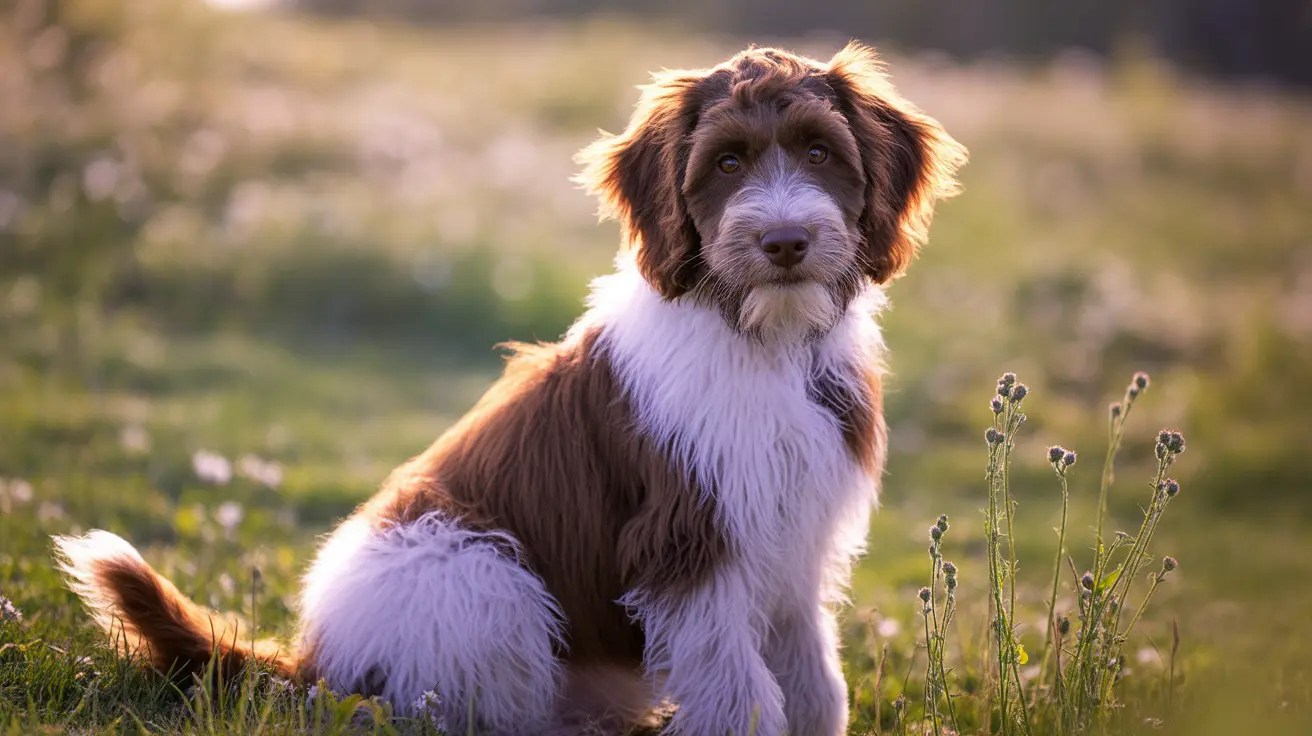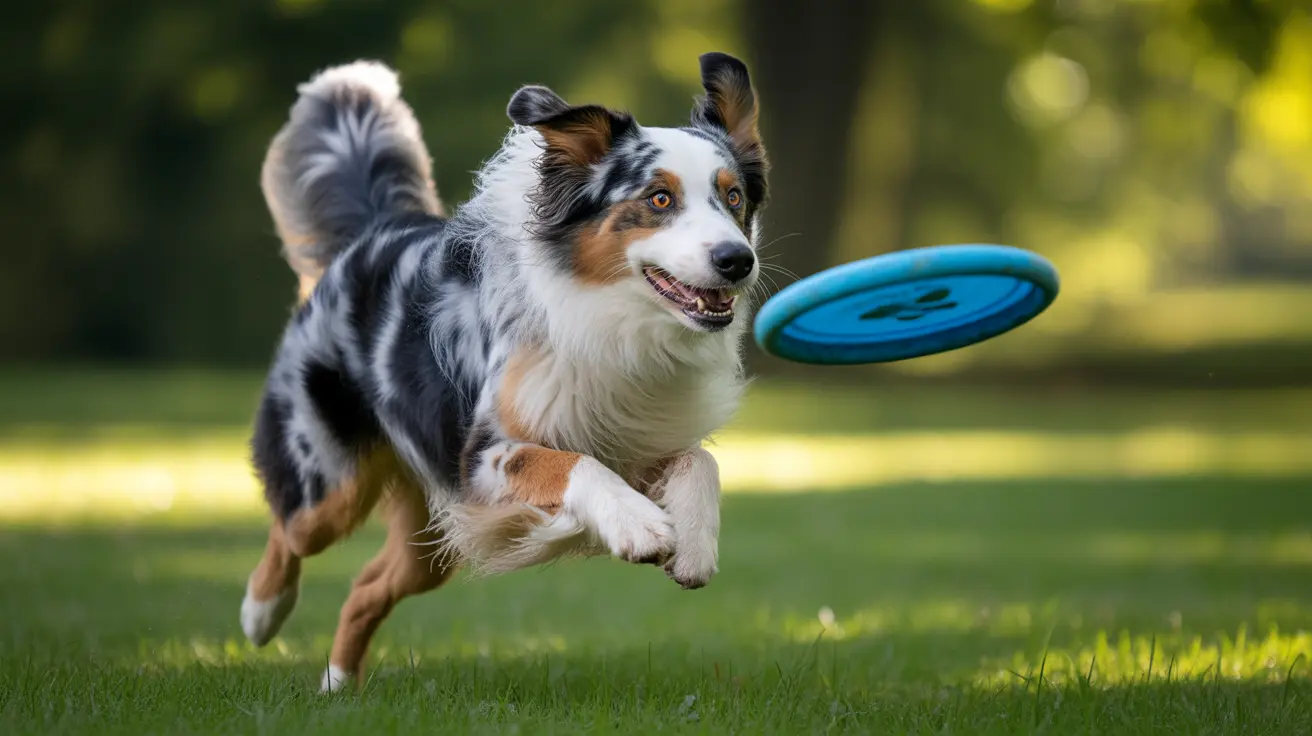Labradoodles are renowned for their stunning variety of coat colors, making them one of the most visually diverse designer dog breeds. From rich chocolates to ethereal silvers, these beloved pets can display an impressive range of hues and patterns that often change as they mature.
Whether you're considering adding a Labradoodle to your family or simply fascinated by their genetic diversity, understanding their color variations and inheritance patterns can help you make informed decisions and appreciate these unique dogs even more.
Common Labradoodle Color Variations
Labradoodles showcase a broad spectrum of solid colors, including:
- Cream and chalk
- Apricot and red
- Gold
- Black
- Chocolate and café
- Blue, gray, and silver
- Lavender
Each color has its unique characteristics and potential for change as the dog matures. For instance, black puppies may develop into stunning blue or silver adults, while chocolate-colored pups might fade to a beautiful lavender hue.
Understanding Color Genetics and Inheritance
The complex interplay of genes determines a Labradoodle's coat color. Two primary pigments are at work: eumelanin (black/brown) and phaeomelanin (red/yellow). The specific combination of genetic markers a puppy inherits from its parents will influence its final adult coloring.
Key genetic factors include:
- B/b genes (determining black versus chocolate base colors)
- E/e genes (controlling pigment expression)
- Dilution genes (responsible for blue, silver, and lavender variations)
Pattern Variations in Labradoodle Coats
Beyond solid colors, Labradoodles can display various striking patterns:
- Parti (two distinct colors with white)
- Phantom (specific marking patterns)
- Abstract (less than 50% white markings)
- Sable (darker-tipped hairs)
- Merle (mottled pattern)
These patterns add another layer of uniqueness to each dog's appearance and can affect how their colors present and change over time.
Color Changes from Puppy to Adult
One of the most fascinating aspects of Labradoodle colors is how they can transform as the dog matures. This process, known as "clearing" or "fading," is particularly common in certain color variations:
- Red coats often become lighter
- Black puppies may develop silver or blue tones
- Chocolate coats can fade to café or lavender
- Cream puppies might lighten further
Grooming Considerations for Different Colors
While all Labradoodles require regular grooming, certain colors may need specific attention:
- Lighter colors show dirt more easily
- Darker colors can fade with sun exposure
- Parti-colored coats may need extra attention to maintain pattern definition
- All colors benefit from regular brushing to prevent matting
Frequently Asked Questions
What are the most common Labradoodle coat colors and how do they change as the dog matures?
The most common Labradoodle colors include cream, apricot, red, black, and chocolate. Many puppies experience color changes as they mature, with reds typically fading lighter, blacks potentially developing silver tones, and chocolates sometimes clearing to café or lavender shades.
How do genetics influence Labradoodle colors like blue, silver, and lavender?
These colors are created by dilution genes acting on base colors. Black coats can dilute to blue or silver, while chocolate can dilute to lavender. The presence of specific genetic markers determines whether and how much dilution occurs.
What are the differences between solid colors and patterns such as parti, sable, and merle in Labradoodles?
Solid colors are uniform throughout the coat, while patterns involve multiple colors or marking distributions. Parti shows distinct color patches with white, sable displays darker-tipped hairs, and merle creates a mottled appearance. Each pattern is controlled by different genetic factors.
How can I predict my Labradoodle puppy's adult color based on the parents' genetics?
While exact prediction can be challenging, understanding the parents' genetic makeup helps anticipate possible outcomes. Working with a knowledgeable breeder who performs genetic testing can provide insights into likely color development.
Do certain Labradoodle coat colors require special grooming or care compared to others?
While basic grooming needs are similar for all colors, lighter-colored Labradoodles may show dirt more easily and require more frequent cleaning. Darker colors might need extra sun protection to prevent fading, and all colors benefit from regular professional grooming every 6-8 weeks.






